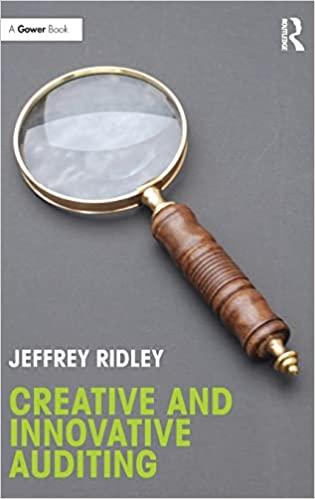| Question 9 (1 point) Of the all the measures of bank performance below, which one is considered the best measure of the quality of the bank's management? Question 9 options: | | Net Profits or Net Income | | | Net Interest Margin. | | | Return on Assets | | | Return on Equity | | | Capitalization ratio. | Question 10 (1 point) Of the all the strategies below, which one is the easiest way to improve bank return on equity (assuming that there are no regulatory constraints)? Question 10 options: | | Developing more core deposits and investing them in interest-earning assets. | | | Buying more purchase deposits and investing them in interest-earning assets. | | | Developing fee-earning business that don't depend on increasing assets. | | | Buying more purchase funds and using the money to retire equity. | Question 11 (1 point) Of the all the strategies below, which one is considered the best way to increase Return on Equity in terms of risk/reward trade-off - "risk management?" Question 11 options: | | Developing more core deposits and investing them in interest-earning assets. | | | Buying more purchase deposits and investing them in interest-earning assets. | | | Developing fee-earning business that don't depend on increasing assets. | | | Buying more purchase assets and using the money to retire equity. | Question 12 (1 point) Of the all the strategies below, which one is the most likely to be pursued by a retail bank as opposed to a money-center bank? Question 12 options: | | Developing more core deposits and investing them in interest-earning assets. | | | Buying more purchase deposits and investing them in interest-earning assets. | | | Developing fee-earning business that don't depend on increasing assets. | | | Buying more purchase assets and using the money to retire equity. | Question 13 (1 point) Which of the following four statements is true about the conflict between banks and their regulators? Question 13 options: | | While banks focus on ROE and want to maximize equity, regulators focus on the capitalization ratio and want to minimize equity. | | | While banks focus on the capitalization ratio and want to maximize equity, regulators focus on the ROE and want to minimize equity. | | | While banks focus on the capitalization ratio and want to minimize equity, regulators focus on the ROE and want to maximize equity. | | | While banks focus on ROE and want to minimize equity, regulators focus on the capitalization ratio and want to maximize equity. | Question 14 (1 point) A particular bank is required by the regulators to maintain a CET1 capitalization rate of 10.50% (based on Tier 1 Capital). The bank's capital structure consists of $100 million in subordinated debentures and $525 million in equity. What is maximum amount of risk-weighted assets it can own? Question 14 options: | Blank # 1 | | | Blank # 2 | Question 15 (1 point) Referring to the previous question, how much in core deposits plus purchase funds will the bank require to accumulate the maximum amount of assets? Question 15 options: | Question 16 (1 point) All of the statements below are true for at least some banks. Some of the items on the following list of bank characteristics pertain to large banks and some to small banks. Which two from the following list of bank size characteristics are different from the others ? Question 16 options: | | a. Purchase money. | | | b. Diversified asset base. | | | c. Economies of Scale in regulatory compliance. | | | d. Easy to Regulate. | | | e. Stable Deposit base. | | | f. Diversified array of business services. | | | g. Transparency of Management. | | | h. Better quality small business lending. | | | | 










